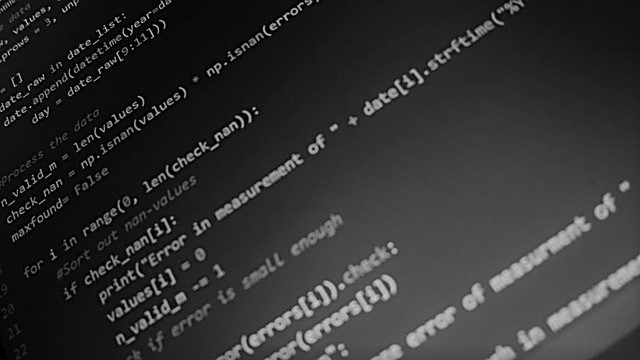
17 April 2023
Introduction: Chatbots have become a popular tool for businesses to improve customer service and automate repetitive tasks. Building a chatbot using Python is an excellent way to develop your programming skills and create a useful tool. In this tutorial, we will go through the steps to build a chatbot using Python.
Step 1: Set up a Development Environment To start building a chatbot, you will need to set up a development environment. Python is a popular programming language for chatbot development, so you should have Python installed on your computer. You will also need a text editor or an IDE to write your code.
Step 2: Choose a Chatbot Framework There are several chatbot frameworks available for Python. Some of the popular ones are ChatterBot, Rasa, and BotStar. Each framework has its own strengths and weaknesses, and you should choose the one that best suits your project requirements.
Step 3: Design the Chatbot's Conversational Flow Before starting to code, you should have a clear idea of how the chatbot will interact with users. You should design the chatbot's conversational flow and create a list of possible questions and responses. This will help you to write effective code and create a chatbot that is easy to use.
Step 4: Implement the Chatbot's Logic Once you have a clear idea of the chatbot's conversational flow, you can start implementing its logic. You can use the chosen chatbot framework's documentation to write code that handles user inputs and generates appropriate responses. You may need to use natural language processing (NLP) libraries to enable the chatbot to understand user inputs.
Here is an example of how you can use ChatterBot to create a simple chatbot:
from chatterbot import ChatBot from chatterbot.trainers import ListTrainer chatbot = ChatBot('MyChatBot') trainer = ListTrainer(chatbot) trainer.train([ 'Hi', 'Hello', 'How are you?', 'I am good. How about you?', ]) while True: user_input = input('You: ') response = chatbot.get_response(user_input) print('Bot: ', response)
Step 5: Test and Refine the Chatbot Once you have implemented the chatbot's logic, you should test it thoroughly to ensure that it works as expected. You should try to simulate different user scenarios and test the chatbot's responses. You may need to refine the chatbot's logic and conversational flow based on the test results.
Step 6: Deploy the Chatbot After testing and refining the chatbot, you can deploy it to a platform or integrate it into your website or application. You can use platforms such as Facebook Messenger, Slack, or Telegram to deploy your chatbot. Alternatively, you can create a REST API that allows your chatbot to communicate with other applications.
Conclusion: In this tutorial, we have gone through the steps to build a chatbot using Python. We have covered how to set up a development environment, choose a chatbot framework, design the chatbot's conversational flow, implement the chatbot's logic, test and refine the chatbot, and deploy the chatbot. By following these steps, you can create a chatbot that can handle user inputs and generate appropriate responses.
JBI training courses that would be useful for readers who want to learn more about building chatbots with Python:
Python for Data Science and Machine Learning : A comprehensive introduction to Data Science, AI and ML with Python - including basic concepts, statistical computing libraries, Artificial Intelligence and Machine Learning.
Python Advanced: Gain a deeper practical understanding of the Python programming language and ecosystem. This course provides a solid overview of the Python language including some low level details essential to working confidently and fluidly with Python..
Python & NLP training course: Learn how to write programs that analyze written language
AI for Business & IT Staff training course: A comprehensive introduction to Artificial Intelligence (AI) for Business and IT Staff.
These courses provide a solid foundation for building chatbots with Python and can help readers gain the skills and knowledge needed to create effective chatbot applications.
Here are some helpful links for readers who want to learn more about building chatbots with Python:

CONTACT
+44 (0)20 8446 7555
Copyright © 2025 JBI Training. All Rights Reserved.
JB International Training Ltd - Company Registration Number: 08458005
Registered Address: Wohl Enterprise Hub, 2B Redbourne Avenue, London, N3 2BS
Modern Slavery Statement & Corporate Policies | Terms & Conditions | Contact Us
POPULAR
AI training courses CoPilot training course
Threat modelling training course Python for data analysts training course
Power BI training course Machine Learning training course
Spring Boot Microservices training course Terraform training course